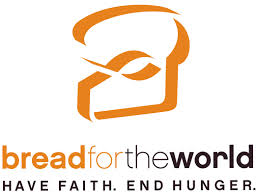In its latest edition of Institute Insights, officials with the Washington-base Bread for the World Institute look at a few of the many considerations that shape the immediate future of anti-hunger advocacy.
What can we learn from the U.S. hunger situation as it was in 2019, before the pandemic began? What will it really take to achieve Sustainable Development Goal (SDG) 2, ending hunger and all forms of malnutrition, now that COVID-19 has added immensely to the challenges? And, most immediately: What can we learn from COVID-19 success stories from what some might consider unlikely sources—countries in sub-Saharan Africa? And how can U.S. COVID-19 responses be made more racially equitable and effective?
Bread for the World Institute pays attention to evidence and data, often in some detail, with one goal: identifying its potential contributions to progress against hunger and malnutrition. Shaping more effective ways forward is essential if the world is to achieve the SDGs. It is particularly critical now because of the global pandemic, but it has been true all along, from the time the Millennium Development Goals were adopted in 2000 as the predecessors of the SDGs. Work on the Millennium Development Goals continued after their deadline in 2015. Some of the targets had been met, so the SDGs call for further progress. Some were still in progress, and these were incorporated into the SDGs.
Read more about their reflections on data, hunger and jobs, as well as the role of racial equity in containing COVID and ending hunger, all here.
